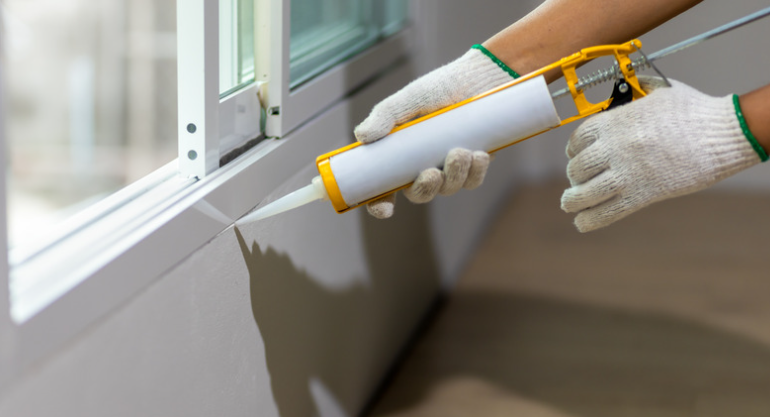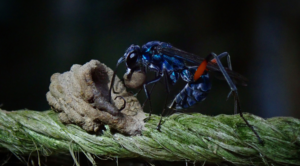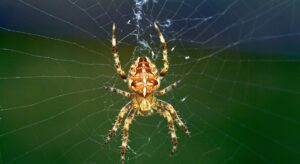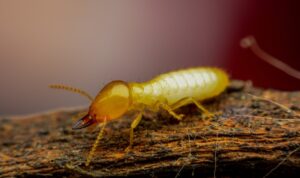A pest management expert may have mentioned proofing a structure to keep bugs from hiding inside if they have ever visited your home. If basic maintenance is not maintained, this is significant for both commercial and residential locations and may have far-reaching effects. In this article, we will discuss, Why Proofing a Structure is Important.
What does proofing consist of?
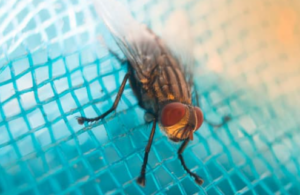
Finding potential pest entry points and preventing access to them are the primary concepts of proofing a structure. This might be as minor as a foundational crack or major as a sewer pipe under a concrete slab breaking. To keep pests from entering a facility, proofing can be accomplished by easy steps like using a cheap tube of caulk, or it can be as involved as tearing down a wall.
In a nutshell, it refers to the steps taken to stop pests from entering or residing inside a structure and impacting the lives of the occupants or the running of a business. These actions can be preventative or preventative, depending on whether a pest infestation has already been identified. This lesson will inspire you to adopt a proactive stance to help stop pests from becoming problematic.
What types of pests can we proof against?
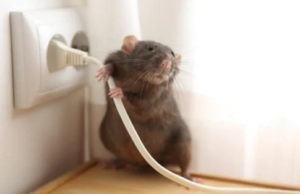
They all have some ability. We are currently most worried about two types of problems due to the weather: overwintering pests and rodents. Although pest-proofing can go beyond simply stopping pests from entering a structure, it can also involve eliminating places where they can live once they do. An excellent illustration of such would be caulking cracks and crevices in a restaurant kitchen to prevent the establishment of German cockroaches within the building.
All the insects that enter your home during the cold months to survive are considered overwintering pests, and they are typically no more than a nuisance. Brown marmorated stink bugs, ladybugs, and boxelder bugs are a few examples of overwintering pests. However, the main rodents that affect people daily are mice and rats. The difficulty with rodents is that they are considerably more intelligent than most people give them credit for being, and they can eat past certain defences.
Preventive Measures to Take
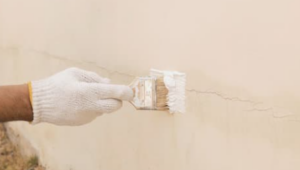
The easiest and most significant improvement you can make to your house is to discover as many cracks and crevices as possible and fill them with caulk or silicone.
Use flexible caulk that can be painted for the tiny cracks and crevices, or use clear, flexible caulk if you are sealing naturally finished wood or other surfaces that won’t be painted.
Expandable foam can fill larger gaps and fissures concealed from view, including those around electrical boxes covered by cover plates, for larger holes.
Conclusion
Protecting your home against pests is always challenging, and pest-proofing is one of the best methods. Proofing your place will prevent pests and insects from entering inside. The above listed are some of the preventive measures that should be done in every home. If they are not effective e hire a professional pest control service to get rid of pests for years.


